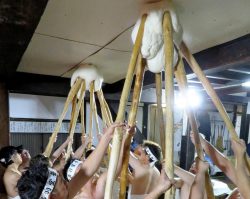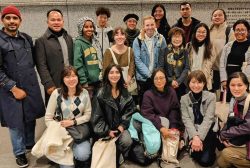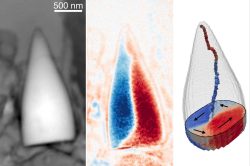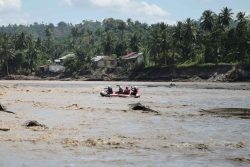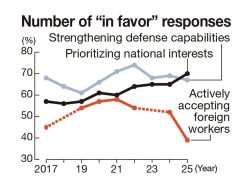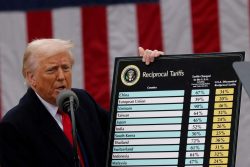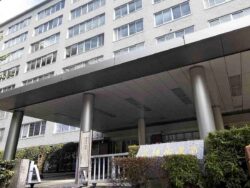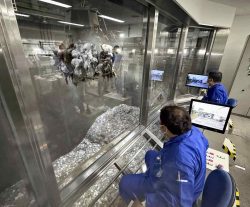Measures for Uneven Distribution of Doctors: Effective Regulations Needed for Opening Practices
14:59 JST, January 4, 2025
It is a problem that many rural areas are suffering from a shortage of doctors while there is a high concentration in urban areas, a situation that has not been resolved.
It may be an option to set certain regulations on opening a clinic in areas where there already are many.
When the Health, Labor and Welfare Ministry quantified the level of doctor sufficiency in each region based on factors such as population, number of doctors and the medical needs of an aging population, the central Tokyo area was found to be seven times more sufficient than the coastal area of Iwate Prefecture, which is suffering from a shortage of doctors.
There are just over 340,000 doctors in Japan, an increase of 40,000 over the past 10 years, but the uneven distribution is a serious problem. Arguments have also been made that there are not enough doctors working in hospitals while there are too many private medical practitioners in urban areas.
The government has formulated measures to correct the uneven distribution of doctors. It is aiming to revise the related legislation in the upcoming ordinary Diet session and implement the measures from fiscal 2026.
The main pillars of the measures include increasing the allowances for doctors working in areas with shortages, strengthening financial support for medical institutions that dispatch doctors and introducing regulations on opening medical practices in urban areas.
Specifically, a mechanism would be established that allows prefectural governments to request doctors who open practices in areas with a large number of clinics to handle medical services that are lacking in that area, such as home visits and emergency services at night and on holidays.
If a doctor does not respond to the request, the government aims for prefectures to be able to disclose the name of the doctor’s practice to the public and shorten its period of designation as a medical institution able to provide medical care covered by the public health insurance program.
A situation in which people cannot receive the medical treatment they need because of where they live must be avoided. Although doctors have the freedom to choose where they work, given the weight of their social responsibility, it is understandable that certain regulations are put in place for opening a practice.
At an expert panel that discussed the measures, a proposal was put forward at one point that strict measures, such as revoking a practice’s designation as a medical institution able to provide medical care covered by the public health insurance program, should be imposed against doctors who do not respond to the requests. However, this idea was abandoned after the Japan Medical Association opposed it on the grounds of “freedom of occupational choice” and other reasons.
The government has already taken various steps to resolve the uneven distribution of doctors, but it can hardly be said those steps have been effective. If the envisioned regulations also prove to be ineffective, the government should take further steps.
A multifaceted approach, including the creation of a program to ensure that every doctor has experience working in a rural area at least once, has to be taken.
With regard to the uneven distribution of doctors, there is also the problem of a shortage of doctors willing to work in such departments as surgery and emergency services, which require a lot of overtime. However, no adequate solution to this issue has been proposed. The uneven distribution in medical departments must also continue to be addressed.
(From The Yomiuri Shimbun, Jan. 4, 2025)
"Editorial & Columns" POPULAR ARTICLE
-

Corporate Interim Earnings: Companies Must Devise Ways to Overcome Trump Tariffs
-

Violations of Subcontract Law: Major Automakers Must Eliminate Old Practices
-

Local Governments’ Tax Revenues: Devise Ways to Correct Imbalances in Tax Sources
-

Takaichi’s Summit with Economics-Minded Trump Successfully Advanced Japan’s Security Interests
-

Lower House Budget Committee: Unrestrained Fiscal Stimulus Is Unacceptable
JN ACCESS RANKING
-

Govt Plans to Urge Municipalities to Help Residents Cope with Rising Prices
-
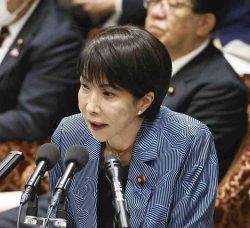
Japan Prime Minister Takaichi Vows to Have Country Exit Deflation, Closely Monitor Economic Indicators
-

Japan to Charge Foreigners More for Residence Permits, Looking to Align with Western Countries
-
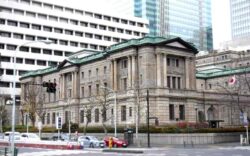
Japan GDP Down Annualized 1.8% in July-Sept.
-

Essential Services Shortage to Hit Japan’s GDP By Up to ¥76 Tril. By 2040


